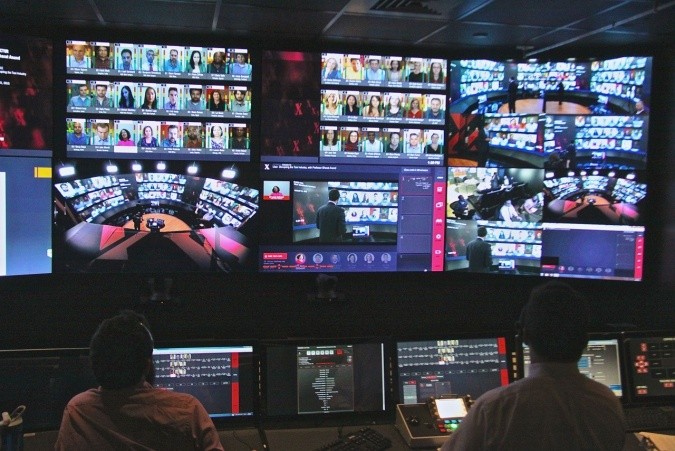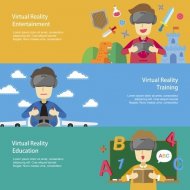What Is an Online MBA?
There are basically three types of online education (although I believe this number will increase in the future). First, it seems to me that Massive Open Online Courses (MOOCs), which are often offered for free as part of lifelong learning, rather than as a part of a degree, saw their peak in the last few years. The biggest contribution of MOOCs has been “engagement,” in that they use online technologies to make it possible to verify that the participant has effectively “seen” or “browsed” content. The quality of this content is likely to improve and be changed in the coming years, and educational institutions should start granting credits for courses taken through this method.
Furthermore, Small Private Online Courses (SPOCs), which were conceived of from a completely opposite idea from that of the MOOCs, basically consist of an online education obtained through live images. An extreme case of this type of course is the “HBX,” which was completed by Harvard Business School last year. With the collaboration of a local TV station, the institution invested a massive amount of time and money to build a dedicated classroom studio for MBA education, and it is now conducting demonstration tests. In the HBX, the lecturer enters the studio and gives a virtual lecture to 80 participants who are shown on TV monitors in actual size while camerawork, lighting, and network professionals watch. Perhaps it is more accurate to call this a “virtual” rather than an “online” MBA.
Unfortunately, however, even in the HBX, which boasts an incredible quality level, there is a weakness. Since it is difficult for the participants to see the entire class, they do not feel very comfortable engaging in a discussion with each other. In fact, with SPOCs, including HBX, it is possible to offer an educational experience with a realistic atmosphere when there are only a few participants (or locations), but if that number increases, it becomes unidirectional, similar to TV broadcasting. And since MBA education frequently utilizes the case method, which involves an interactive lecture with other participants, it is fair to say that this approach is still premature.
・ MOOCs (Massive Open Online Course), non-degree
・ SPOCs (Small Private Online Course)
・ Blended (Combination of remote and in-class)
In the end, the most promising option is the last one, the blended type. It basically provides an MBA education as a combination of online (remote) and on-site (in-class) experiences, and it is a method that has been widely adopted by MBA programs known for having participants from across the world. Most of the programs in the “Online MBA” category of the Financial Times, the leading institution of MBA rankings, fall into this category. There is no rule for the proportion of this combination because it depends on the educational content and mission of each business school, but international certification stipulates a minimum of 120 hours of face-to-face lectures.
Finally, I would like to describe the Global MBA (blended type) of the business school in Spain that was ranked number one in the world in the “Online MBA” category. The IT tools are the same as everywhere else, but its style of training future executives who cannot get together in a classroom due to the time limitations (rather than the physical restrictions) found in this kind of environment is rated very highly.
・ Average income of the participants: 16 million yen
・ Enrollment period: 15 months
・ Ratio of lectures in English: 100%
・ Ratio of online lectures: 80%
・ Ratio of face-to-face lectures: 20%
・ On-campus period: three weeks
・ Study tour abroad: one week
・ Percentage of foreign participants: 95%

 Brochure
Brochure
 Info Session
Info Session
 Application
Application
 Alumni Voices
Alumni Voices







